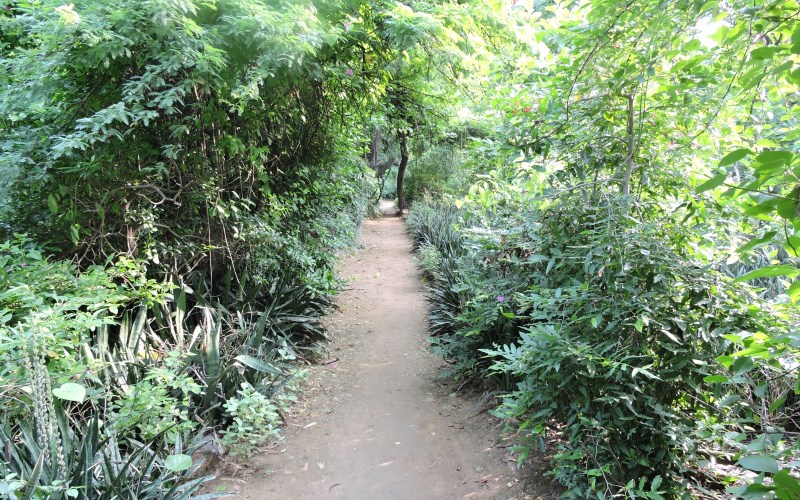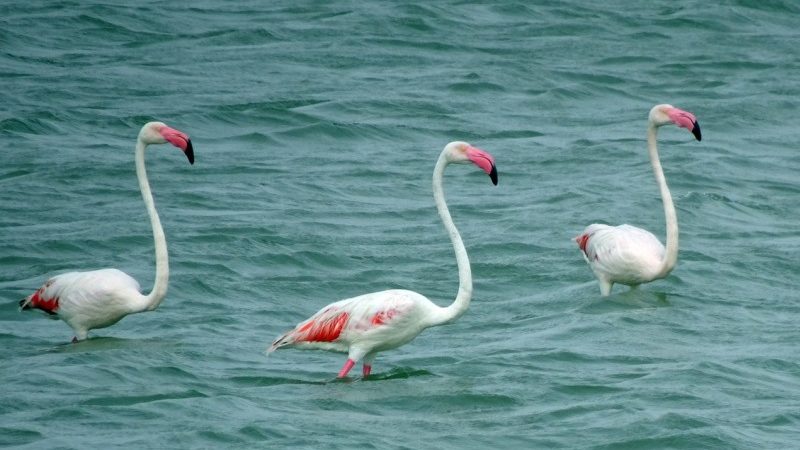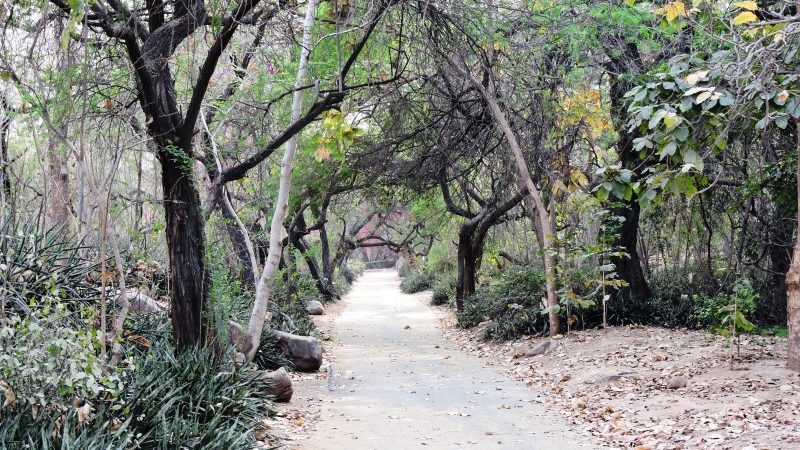Urban green spaces and why we need to protect them

Air pollution is dynamic in nature and is one of the biggest public health issue, alongside climate change. The Global Burden of Disease report mentions air pollution to be one of the largest killer. This is alarming since Delhi is one of the most polluted mega cities in the world and NOIDA and Gurugram are not too far behind. According to some studies, including the Air Quality Life Index 2023 report of the University of Chicago’s Energy Policy Institute (EPIC), there is an average loss of life by more than a decade due to this. This means exposure to air pollution in Delhi is shortening our life span by 10 or so years.
Such reports and related research have highlighted that from a national perspective, the national capital region (NCR) is a key air pollution hotspot. Air pollution includes fine particulate air pollution (PM2.5) which can reduce an average person’s life expectancy by 5 years, and in Delhi this is as much as 11.9 years when compared with the air pollution levels in the city. According to the EPIC report, PM2.5 impact on global life expectancy is equivalent to several times that of smoking, alcohol use, unsafe water consumption and transport injuries.
A study in 2020 had claimed that air pollution is likely to reduce the life expectancy of about 40% of Indians by more than nine years. Densely populated and rapidly growing Delhi is often on top of such alarming lists. Vehicles, sewage & municipal waste, industries in the NCR and biomass & crop residue burning contribute significantly to air pollution in Delhi. According to the World Air Quality Report released by IQAIR, India is the eighth most polluted country whereas Delhi ranked fourth on a list of 50 of the world’s most polluted cities in terms of PM2.5 levels in 2022.
Rapid expansion of anthropogenic activities is a major challenge for Delhi while battling air pollution. Air is a crucial element for the survival of all living beings; hence, it is necessary to keep it clean and safe. Yet, poor air quality in Delhi remains an almost universal reality. Air pollution affects human health, ecosystems and earth’s climate. Tackling air pollution is critical to achieving a sustainable future for all. Controlling air pollution is as important as mitigating climate change, and global warming itself is a result of extreme air pollution. Cities are therefore a major contributor to climate change as well. According to UN Habitat, cities consume an estimated 78% of the world’s energy and produce over 60% of greenhouse gas emissions
Urban Green Spaces
Planning green spaces is the first step in developing a livable community. However, they are currently being reduced in existing cities like Delhi. Urban Green Spaces (UGS) are vulnerable to contraction, distortion and depletion during the different stages of development of cities due to many reasons. This has some direct consequences; more frequent natural disasters can be directly correlated with reduction in green area. The amount of open space and green space in a city can therefore be one of the metrics used to assess Sustainable Development Goals (SDGs) 11, especially goal 11 (Sustainable Cities and Communities). According to the IPCC, limiting global warming to 1.5 degrees Celsius would require rapid and far-reaching transitions in uses of energy, land, urban and infrastructure, and industrial systems. Focusing on urban green space protection can go a long way in this.
According to a UN report, additional 2.5 billion people will reside in urban areas by 2050, nearly 90 per cent of them in cities in Asia and Africa. Urban green spaces offer a wide range of services for human well-being in both active and passive role. Urban green space can help reduce PM2.5 concentration by absorption and deposition processes. Green spaces in cities mitigate the effects of pollution and can reduce a phenomenon known as the urban heat island effect, which refers to heat trapped in built-up areas. The urban heat island effect appears in towns and cities as a result of anthropogenic activity. Adding a layer of vegetation to rooftops and creating green roofs has proven to reduce the urban heat island.
According to a World Health Organization study on urban green space interventions and health, green spaces are advantageous to people’s mental, emotional, and physical health. It is time we begin understanding the role played by urban green spaces in maintaining public health and make investments in them for our future. Planning, management and evaluation of urban green spaces are rarely structured and evidence-based. This is a missed opportunity and there is need to track and foster the multiple benefits urban green spaces can deliver. To gain insight into this gap, further research is required on what kind of strategies can best be deployed.
Conclusion
Urban green spaces are an asset of a city. Poorly maintained UGSs and lack of safe infrastructure acts as barriers to health promotion in younger and later life. Urban green spaces are an alternative or complementary alternative to engineered infrastructure to ameliorate quality of life. Unprecedented urbanisation coupled with population growth, climate change and urban environmental risks such as heat and water stress establish the dire need for multiple resiliency measures. An integrated application of remote sensing, public policy and landscape management to study and optimize urban green spaces is the need of the hour today. Sustainability is a design challenge and urban planners need to think out of the box and start developing cities with a focus on the urban ecology of the city.




Nice article
Very informative
Very well articulated. I appreciate your efforts, Ms Tina.
Thats good
Very informative
Excellent article!